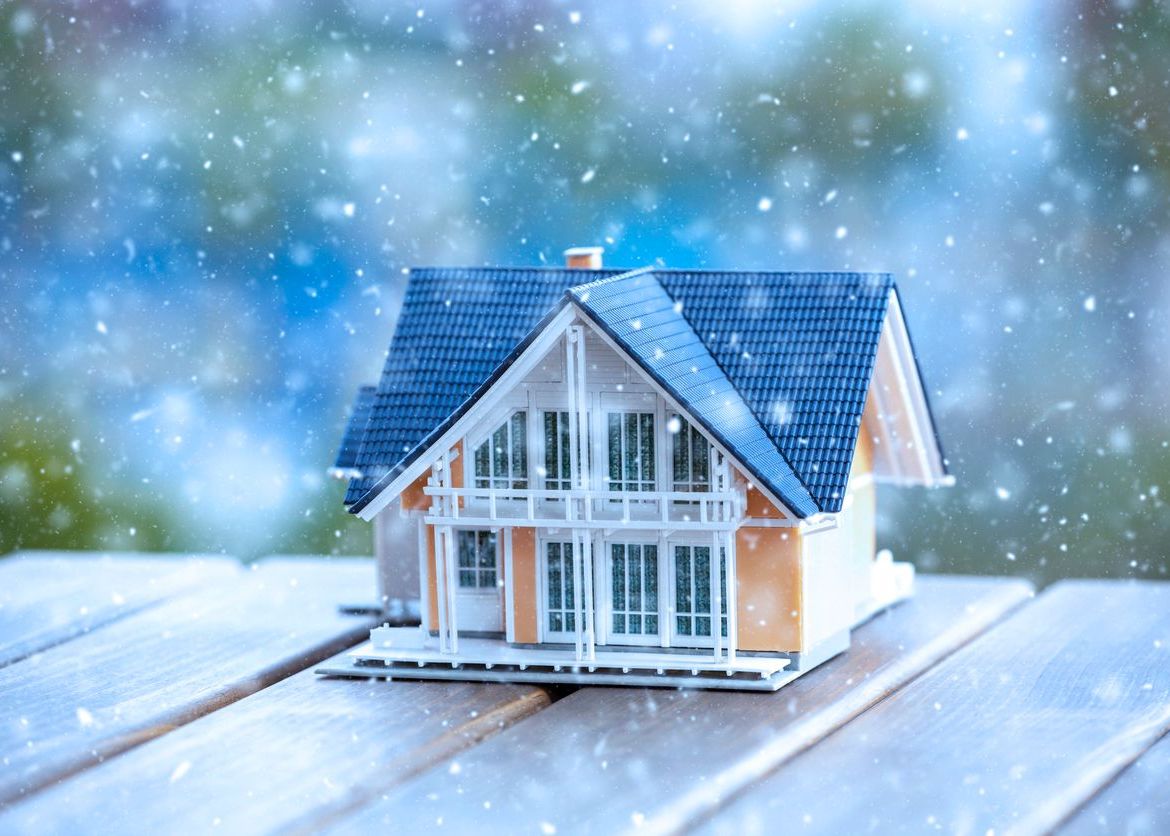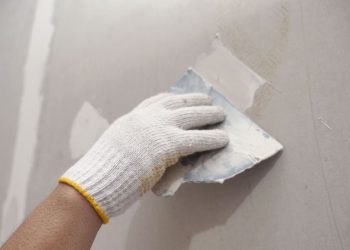As you begin your home search in the new year, you may see properties in freezing and below-freezing temperatures. Seeing a home in these conditions can help provide insight into a house’s structure and integrity that you may not discover if you’re home buying during the warmer months. Here are some elements to consider if you’re homebuying during the colder months.
Pay attention to the house’s temperature
When you first enter a home and walk through the property, pay attention to the overall temperature, particularly cold spots and uneven temperatures. A cold house and intermittent cold spots, particularly around exterior walls, may indicate that the house is poorly insulated and doesn’t retain heat. It can also signal that there are issues with the heater or thermostat.
Feel for drafts
If you feel cold drafts in the house, particularly around windows and doors, they may need weatherstripping, caulking, or replacement entirely. You can look for this by feeling it when you enter a room or by moving your hand along the edges of the window or door.
Observe the amount of interior natural light
The amount of natural light a home receives in the winter is vital. Natural light can help to heat the home and provide an overall sense of well-being during the dark, cold winter months.
Check for moisture in the basement
If there is moisture in the basement, it can be the worst in the winter. Moisture or dampness can signal the growth of mold or mildew, which can be costly to remove and pose health concerns.
Inspect windows for condensation
If condensation accumulates on the windows or doors, this can indicate poor insulation in the home. This can make the house feel cold and increase the heating bills, and excess condensation may result in mold and mildew issues.
Check for icicles
Checking the exterior of the house and the gutters for icicles can be a sign that the gutters need to be maintained. Icicles can form when the house has poor insulation and ventilation, which can result in the house losing heat. Icicles can also result in ice dams, which can cause more extensive damage and structural issues.
Make sure the exterior spigots are covered
Ensuring the exterior spigots are covered is a sign that the hose has been detached, and the current owners have ensured that the pipes won’t freeze. If the garden hose is still attached and the spigot hasn’t been covered, there is an increased risk that the pipes can freeze and rupture, causing interior water damage.
Look for icy spots on the driveway
Icy patches on the driveway could indicate drainage problems, which may require a future driveway replacement or repairs.











